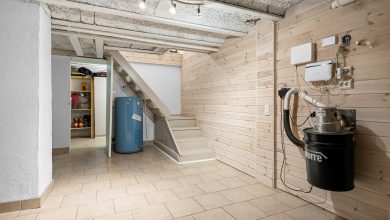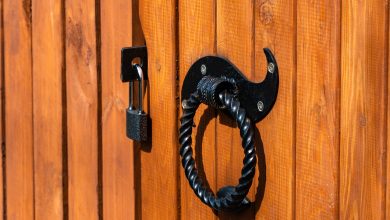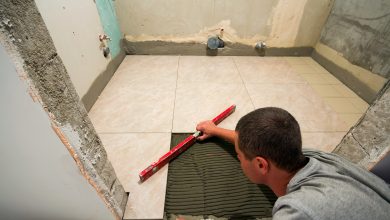Energy-Efficient Roof Windows: How to Reduce Your Energy Bills?
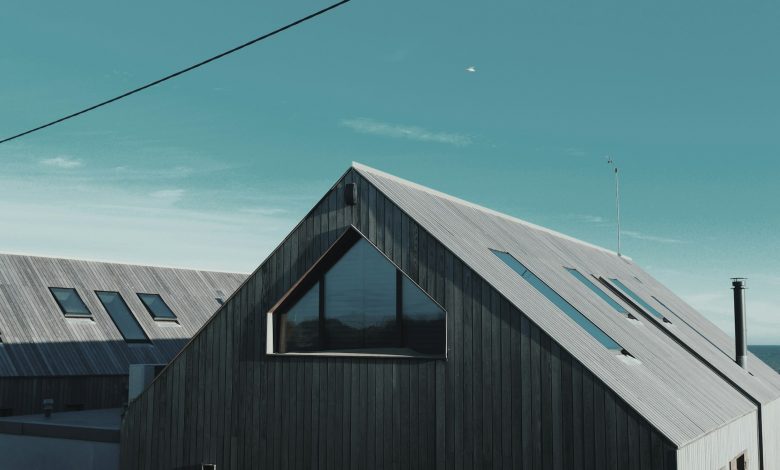
Introduction to EnergyEfficient Roof Windows
Energy efficiency refers to the practice of using less energy to perform the same task, resulting in lower energy bills and reduced pollution. Energy-efficient windows, doors, and skylights are an important aspect of energy efficiency in homes, providing numerous benefits. Roof windows are a type of skylight that can contribute to energy efficiency by reducing the need for artificial lighting and improving insulation. By allowing natural light to enter the home, roof windows can reduce the need for electric lighting, resulting in lower energy bills. Additionally, the insulation properties of energy-efficient roof windows can help to regulate indoor temperatures, reducing the need for heating and cooling systems and further lowering energy consumption.
Energy-efficient roof windows can also contribute to reducing energy bills by minimizing heat transfer between the interior and exterior of the home. This is achieved through the use of materials and coatings that reflect solar heat and prevent heat loss. For example, Atlas Pinnacle Pristine roofing is designed to reflect solar heat, reducing the amount of heat transferred into the home. Cool roofs, which are designed to reflect more sunlight than conventional roofs, can also lower the temperature of the building and reduce the need for air conditioning. By reducing the amount of heat that enters the home, energy-efficient roof windows can help to maintain a consistent indoor temperature, reducing the need for heating and cooling systems and ultimately lowering energy bills.
In addition to reducing energy bills, energy-efficient roof windows can also contribute to a more sustainable and eco-friendly home. By reducing energy consumption, homeowners can reduce their carbon footprint and contribute to a healthier planet. Energy-efficient windows are responsible for reducing 25%-30% of heat gain and loss through windows, making them an important consideration for both new and existing homes. By incorporating energy-efficient roof windows into their homes, homeowners can enjoy the benefits of natural lighting, improved insulation, and lower energy bills while contributing to a more sustainable future.
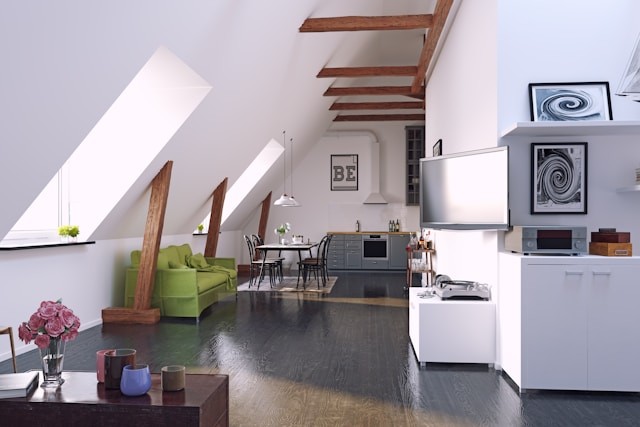
Features of EnergyEfficient Roof Windows
Energy-efficient roof windows come in various types, each with its unique features that contribute to reducing energy bills. Some of the popular types of energy-efficient roof windows include fixed roof windows, top-hung roof windows, and center-pivot roof windows. Fixed roof windows are stationary, allowing natural light to enter the room without ventilation. Top-hung roof windows are hinged at the top and open outwards, allowing for both ventilation and natural light. Center-pivot roof windows are hinged in the middle and can be rotated 180 degrees, allowing for easy cleaning and ventilation. Choosing the right type of roof window for your home can significantly enhance its energy efficiency and reduce energy consumption.
The materials used in energy-efficient roof windows also play a crucial role in their energy-saving properties. One of the most popular materials used in energy-efficient roof windows is PVC, which is known for its excellent insulation and durability. PVC roof windows have a multi-chambered design, which provides added insulation and reduces heat loss. Other materials used in energy-efficient roof windows include wood, aluminum, and composite materials. It’s important to choose a material that suits your home’s style, budget, and energy efficiency needs.
Additional features can also enhance the energy efficiency of roof windows. For instance, low-emissivity (Low-E) coatings can help to reflect heat and UV rays, reducing solar heat gain and keeping the room cooler. Another feature that can enhance energy efficiency is proper insulation around the roof window. This insulation helps to reduce heat loss during the winter and keep the room cool during the summer, reducing the need for artificial heating and cooling. Additionally, installing a skylight with a solar-powered venting system can help to improve ventilation and reduce the need for artificial lighting. By incorporating these additional features, homeowners can further reduce their energy bills and enhance their home’s energy efficiency.
Installation and Maintenance of EnergyEfficient Roof Windows
Proper installation techniques are crucial for ensuring optimal energy efficiency of roof windows. When installing energy-efficient roof windows, it is essential to ensure that they are correctly placed and sealed. Air leaks around windows can significantly impact energy efficiency, allowing heat to escape or enter the home. Therefore, it is essential to seal any air leaks around the windows and doors. Additionally, consider using operable windows or skylights, which allow hot air to escape during warmer months, reducing the cooling load. By following proper installation techniques, homeowners can maximize the energy efficiency of their roof windows and reduce their energy bills.
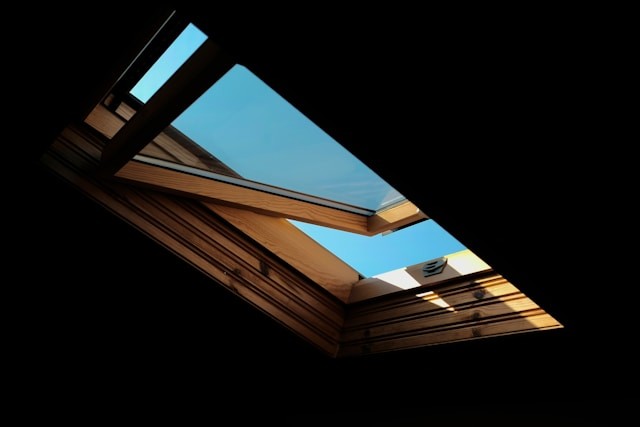
Regular maintenance is also crucial for ensuring optimal energy efficiency of roof windows. Homeowners should identify and repair any damages to the windows early to prevent further energy loss. Additionally, adding insulation can further improve energy efficiency, preventing heat transfer through the window. Regular cleaning and upkeep of the windows can also help to ensure that they are functioning correctly and not allowing air leaks. By investing in regular maintenance, homeowners can ensure that their energy-efficient roof windows continue to provide maximum energy savings.
Evaluating energy savings after installing energy-efficient roof windows is an important step in determining their effectiveness. Homeowners can calculate the energy efficiency of their current windows and compare them to the energy savings provided by energy-efficient roof windows. Energy-efficient star-rated roof windows can reduce energy consumption and bills. By tracking energy bills before and after installation, homeowners can see the direct impact of energy-efficient roof windows on their energy savings. This evaluation can help homeowners make informed decisions about future energy-saving investments and ensure that they are getting the most out of their energy-efficient roof windows.

